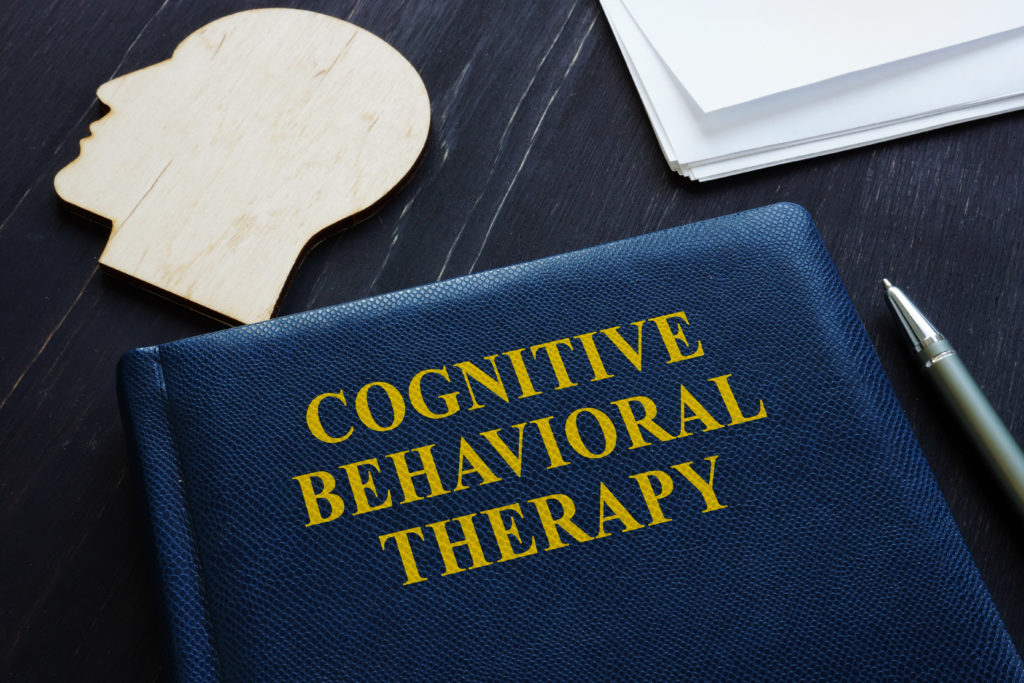Do you often feel trapped in negative thoughts, as if nothing will ever get better? Feeling doomed and helpless can be overwhelming, affecting your emotional well-being, daily activities, and relationships. Fortunately, Cognitive Behavioral Therapy (CBT) offers practical strategies to help you regain control and shift your mindset. Working with a professional, such as an Optum Therapist, can provide the guidance and tools you need to challenge these negative feelings and build resilience. By taking proactive steps toward psychological healing, you can learn to break free from the cycle of helplessness and move toward a healthier, more empowered life.
Understanding Cognitive Behavioral Therapy (CBT)

CBT is a widely recognized and effective approach for managing mental health challenges. It is based on the principle that our thoughts, emotions, and behaviors are interconnected. Negative thought patterns can lead to feelings of despair, but by recognizing and modifying these patterns, individuals can develop a more balanced and realistic perspective. CBT helps reframe negative thinking, teaching people how to replace harmful thoughts with constructive ones. This process can improve emotional regulation, boost self-esteem, and foster a more positive outlook on life.
Identifying Negative Thought Patterns
Many people struggling with helplessness fall into cognitive distortions, which are irrational or exaggerated ways of thinking. Some common distortions include:
- Catastrophizing – Assuming the worst possible outcome will happen.
- Black-and-white thinking – Viewing situations as all good or all bad, with no middle ground.
- Personalization – Taking blame for things beyond one’s control.
- Overgeneralization – Believing that one negative experience defines all future events.
Recognizing these patterns is the first step in overcoming helplessness. Once you identify how your thoughts contribute to your feelings, you can begin working toward healthier, more balanced thinking.
Practical CBT Techniques to Overcome Helplessness
CBT provides several actionable techniques to help manage feelings of doom and helplessness:
- Cognitive Restructuring – This technique involves challenging negative thoughts and replacing them with realistic alternatives. For example, instead of thinking, “I’ll never succeed,” try reframing it as, “I may face challenges, but I can learn and grow.”
- Behavioral Activation – Engaging in enjoyable and meaningful activities can help combat feelings of helplessness. Small steps, such as going for a walk or practicing a hobby, can improve mood and motivation.
- Mindfulness and Relaxation Techniques – Practicing mindfulness can help you stay grounded in the present moment instead of worrying about the future. Techniques such as deep breathing, meditation, and progressive muscle relaxation can reduce stress and anxiety.
- Journaling and Thought Records – Writing down negative thoughts and analyzing them can reveal patterns and provide opportunities to challenge irrational beliefs.
Building Resilience and Long-Term Coping Strategies
Developing resilience is key to overcoming feelings of doom and helplessness. Some long-term strategies include:
- Self-compassion and positive affirmations – Treating yourself with kindness and reminding yourself that setbacks are a normal part of life.
- Setting realistic goals – Breaking larger tasks into manageable steps to create a sense of achievement.
- Strengthening social support networks – Surrounding yourself with positive and supportive people who uplift and encourage you.
- Practicing gratitude – Focusing on what you are thankful for can shift your mindset toward a more optimistic outlook.
Seeking Professional Help from an Optum Therapist
While self-help strategies can be beneficial, working with a professional can make a significant difference in your mental health journey. An Optum Therapist can provide personalized psychological healing, tailoring CBT techniques to your specific needs. Whether you’re dealing with anxiety, depression, or persistent negative thinking, therapy can offer evidence-based solutions to help you regain control over your emotions. Optum’s network of therapists makes it easy to find qualified professionals who can support you every step of the way. With expert guidance, you can learn how to manage stress, build resilience, and improve your overall well-being.

Conclusion
Feeling doomed and helpless is not a life sentence—there are practical steps you can take to change your mindset and regain control. Through Cognitive Behavioral Therapy, you can challenge negative thought patterns, engage in positive behaviors, and develop long-term coping strategies. Seeking support from an Optum Therapist can provide the professional guidance needed for psychological healing and personal growth. With the right tools and mindset, you can move forward with confidence and hope.
Are you ready to take the first step toward a healthier, more fulfilling life? Don’t let negative thoughts hold you back—Psychological Healing’s Optum Therapists are here to help you navigate your mental health journey. Schedule an appointment today and start your path to psychological healing. With Psychological Healing’s professional guidance and proven techniques, you can regain control over your emotions and live with confidence. Take charge of your well-being—reach out now and begin your transformation!
Feel free to check out our social media links below:
Check out our related articles below:
Overcoming Doom and Gloom: 10 Strategies to Shift Your Mindset




